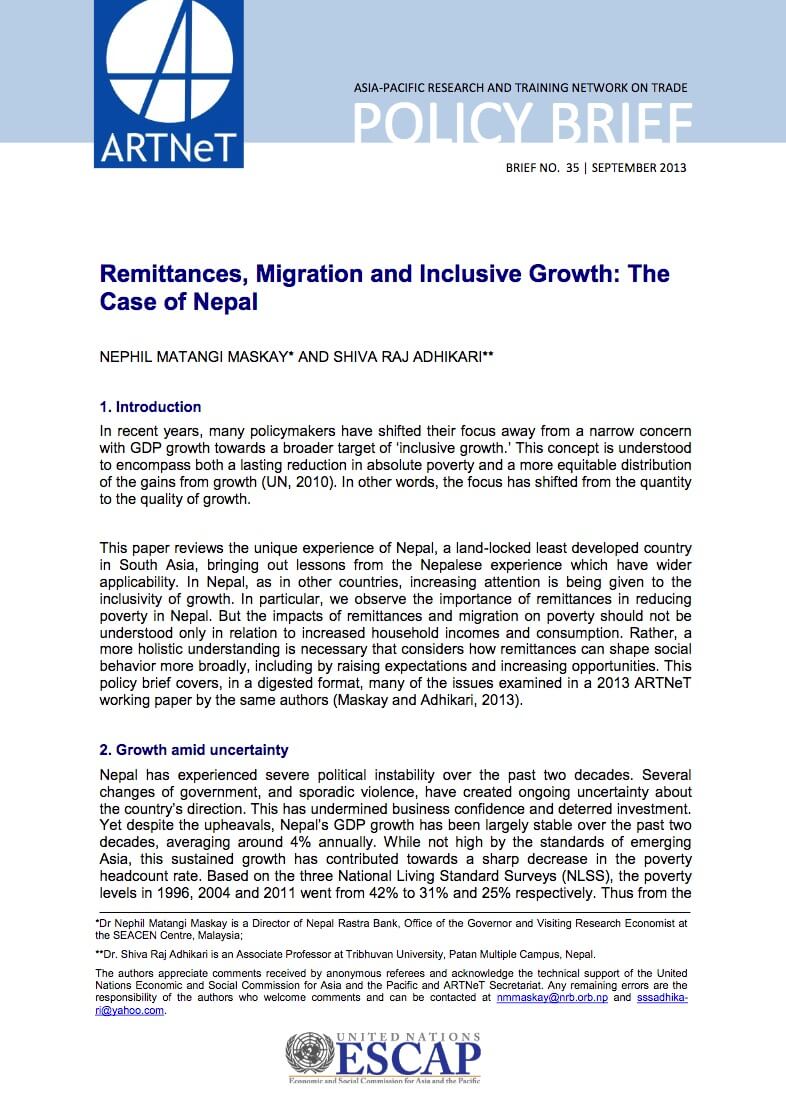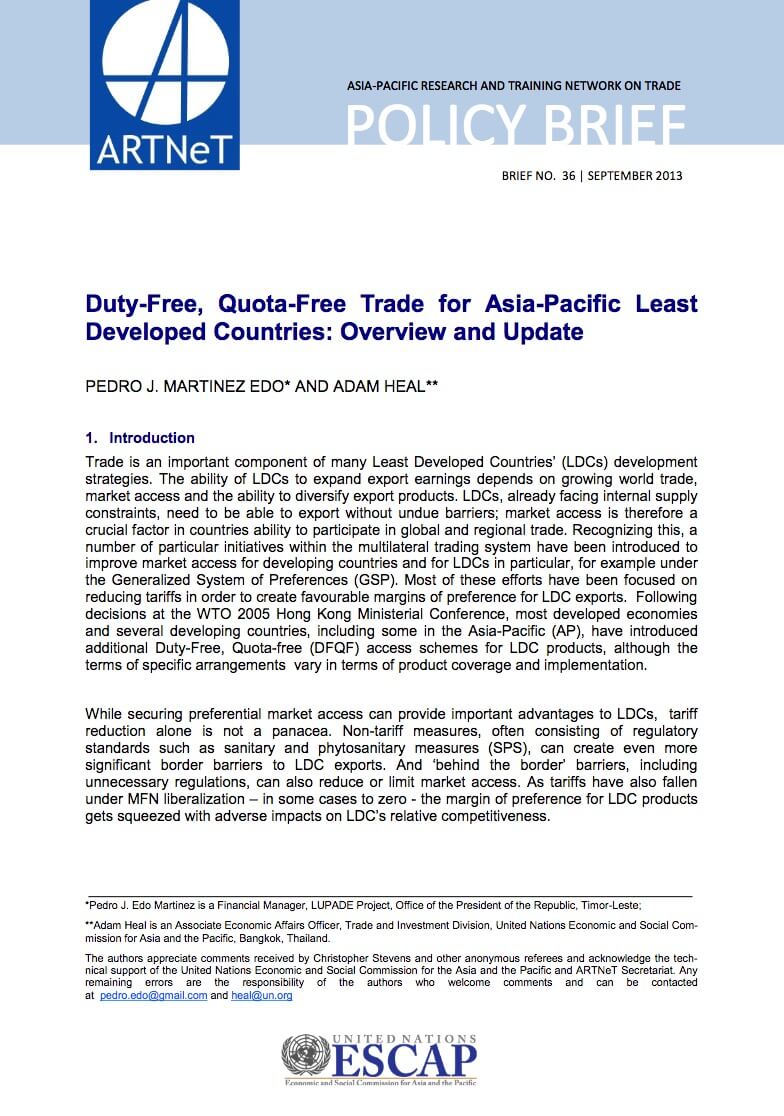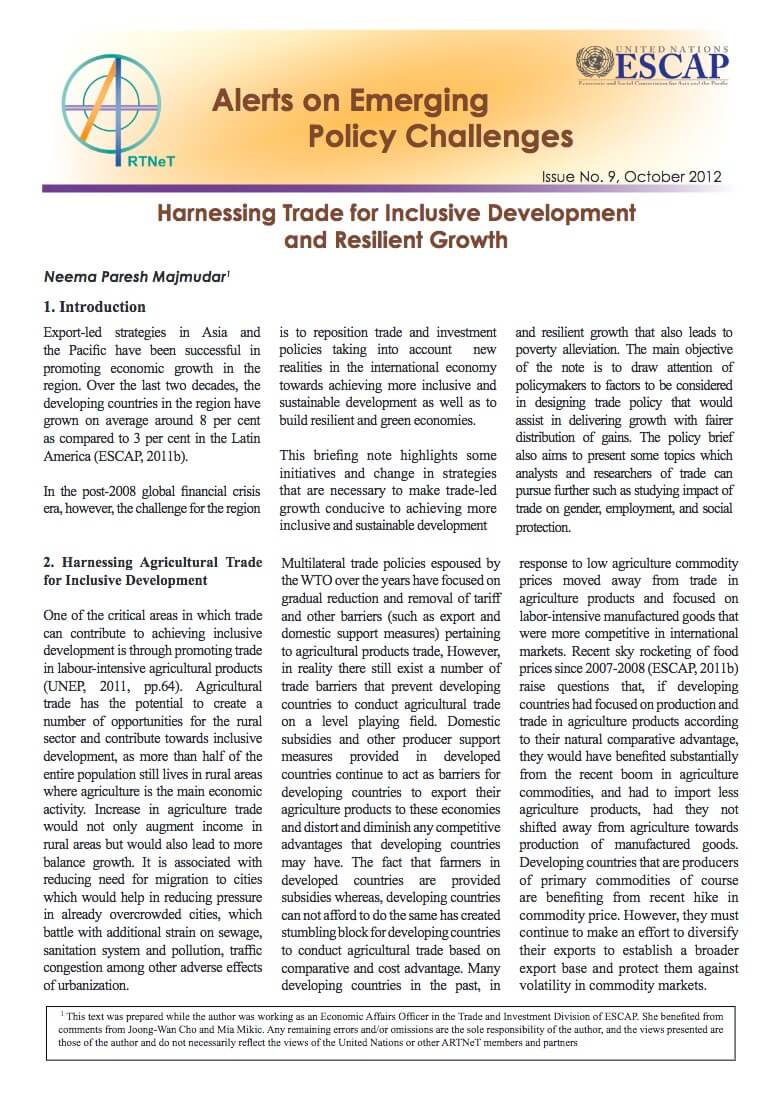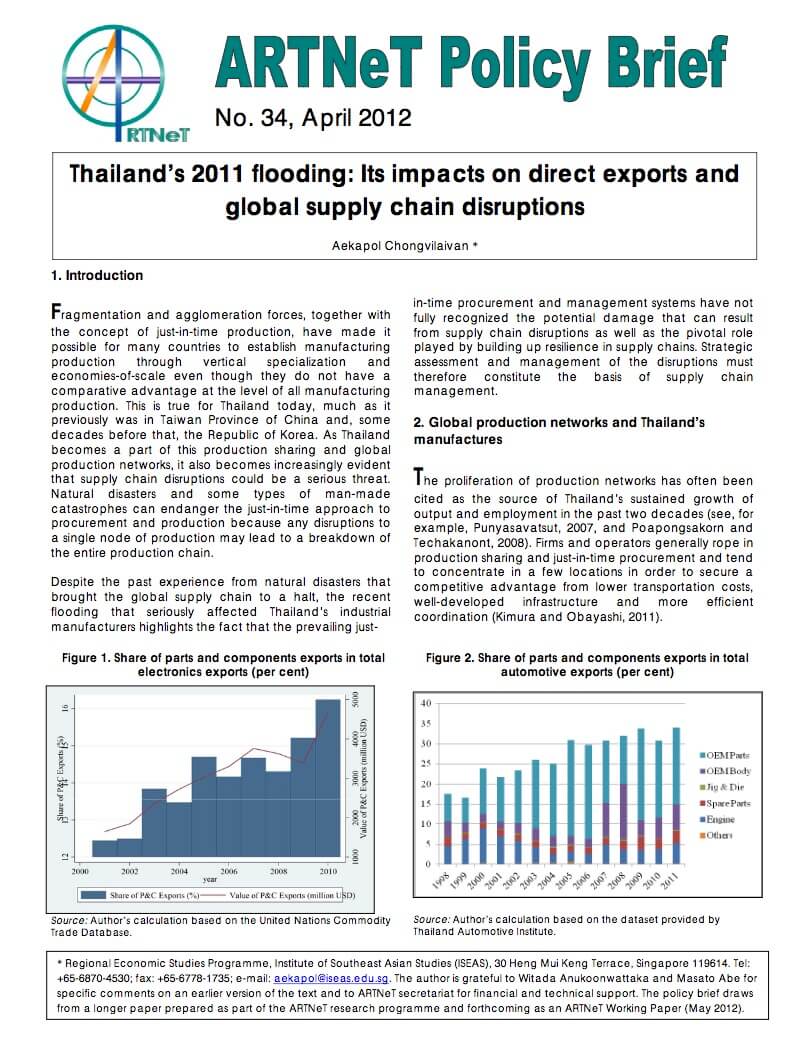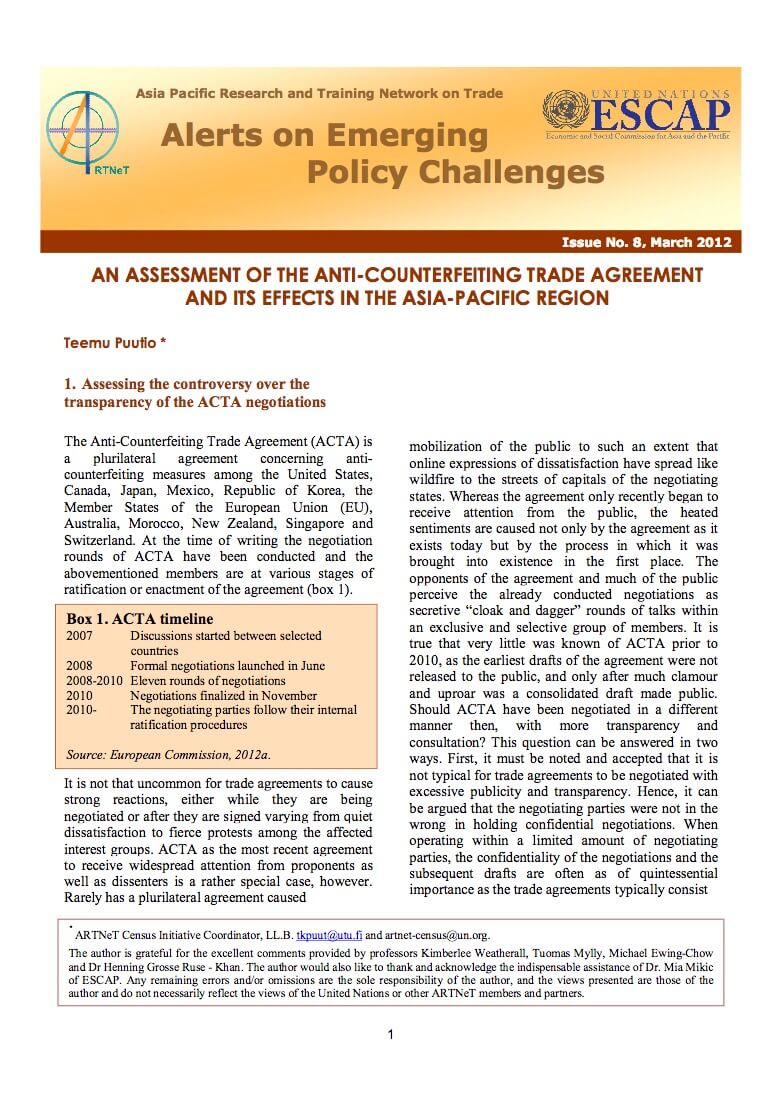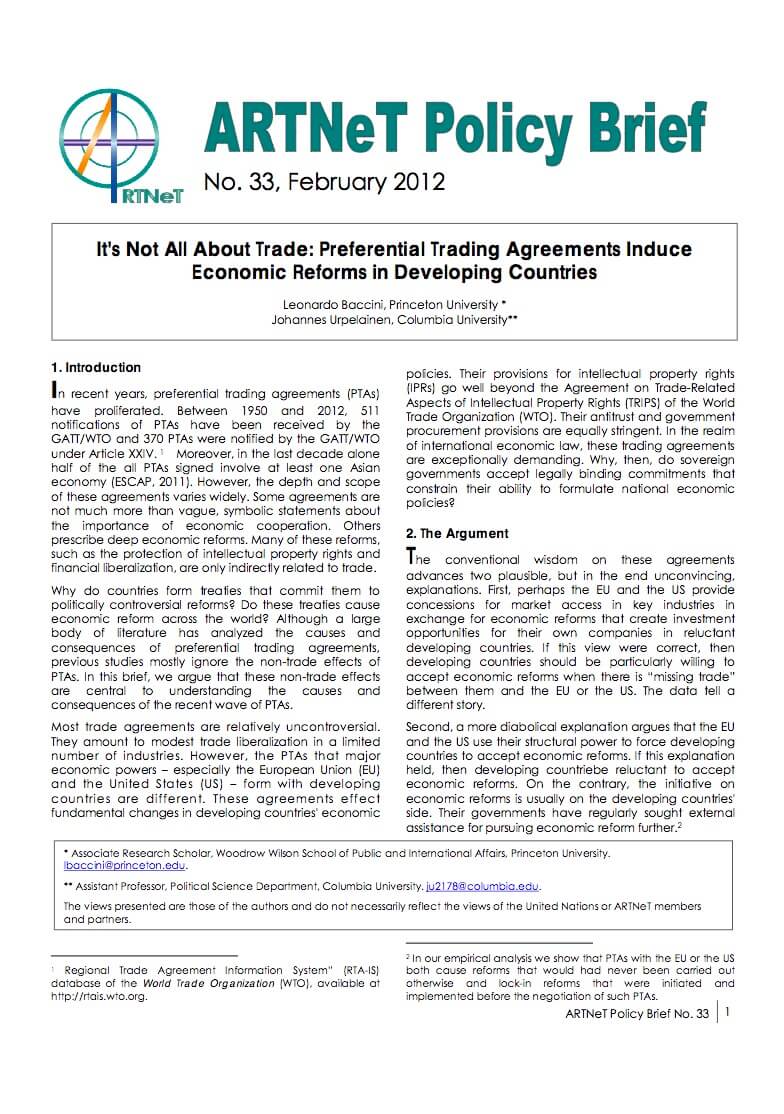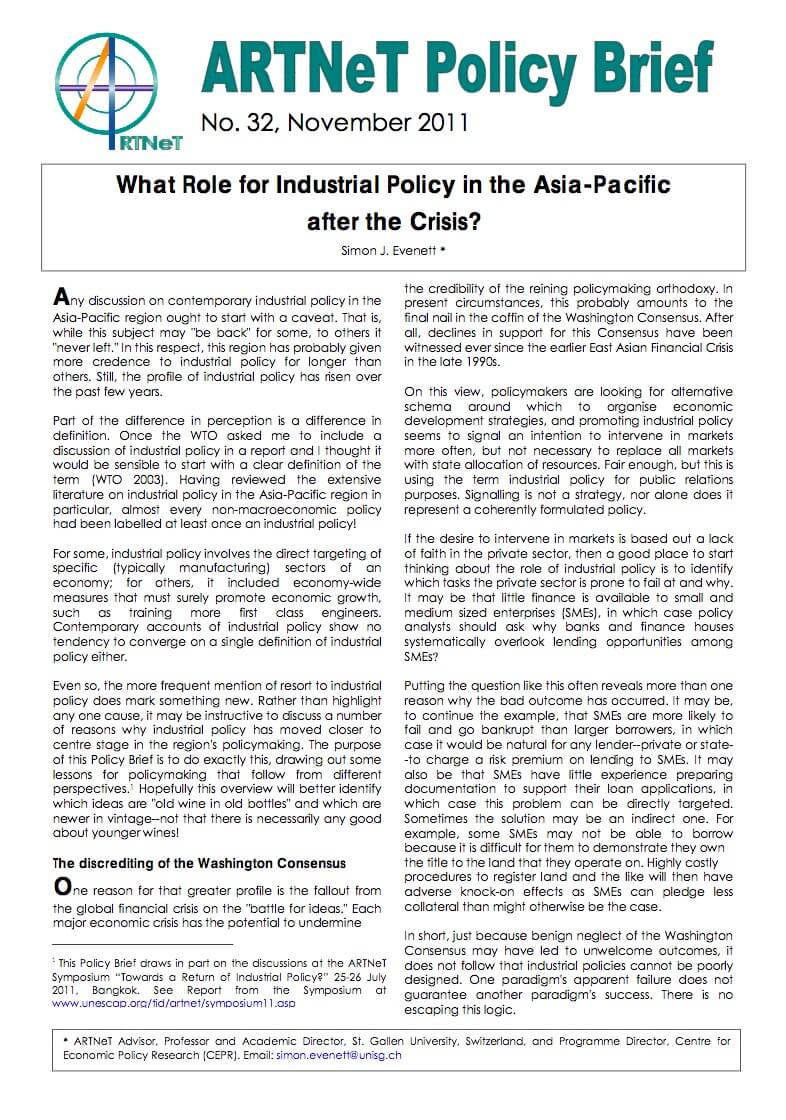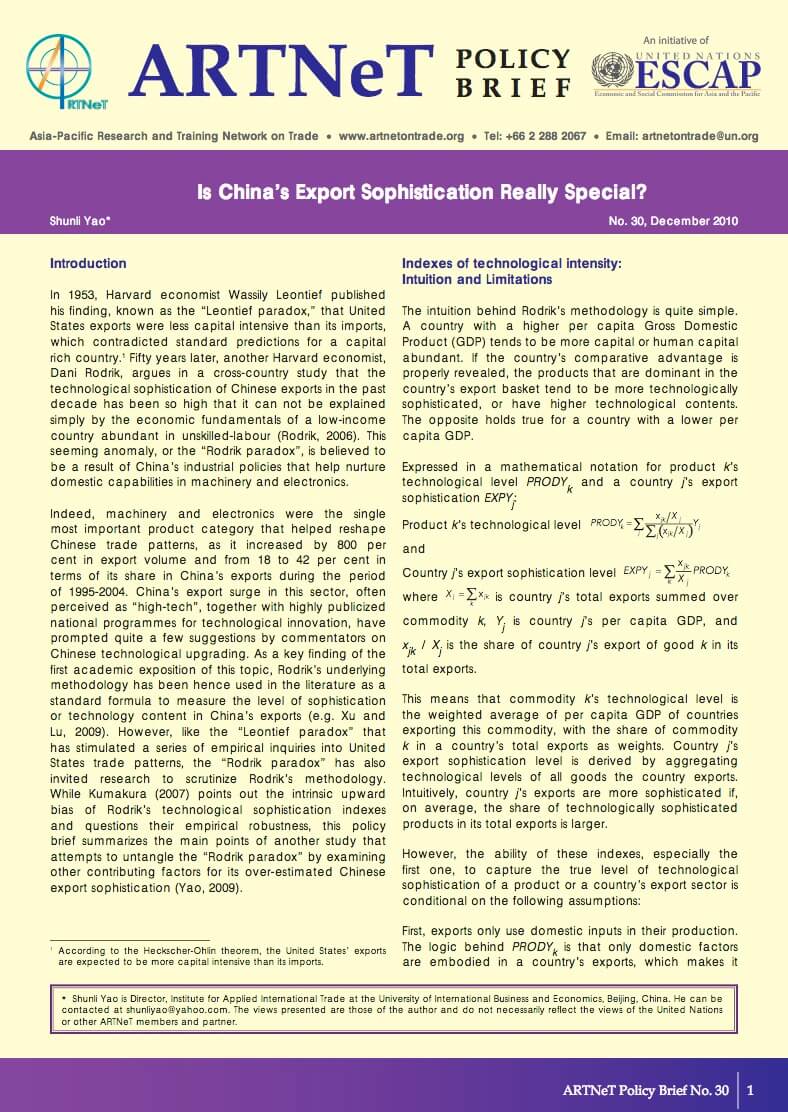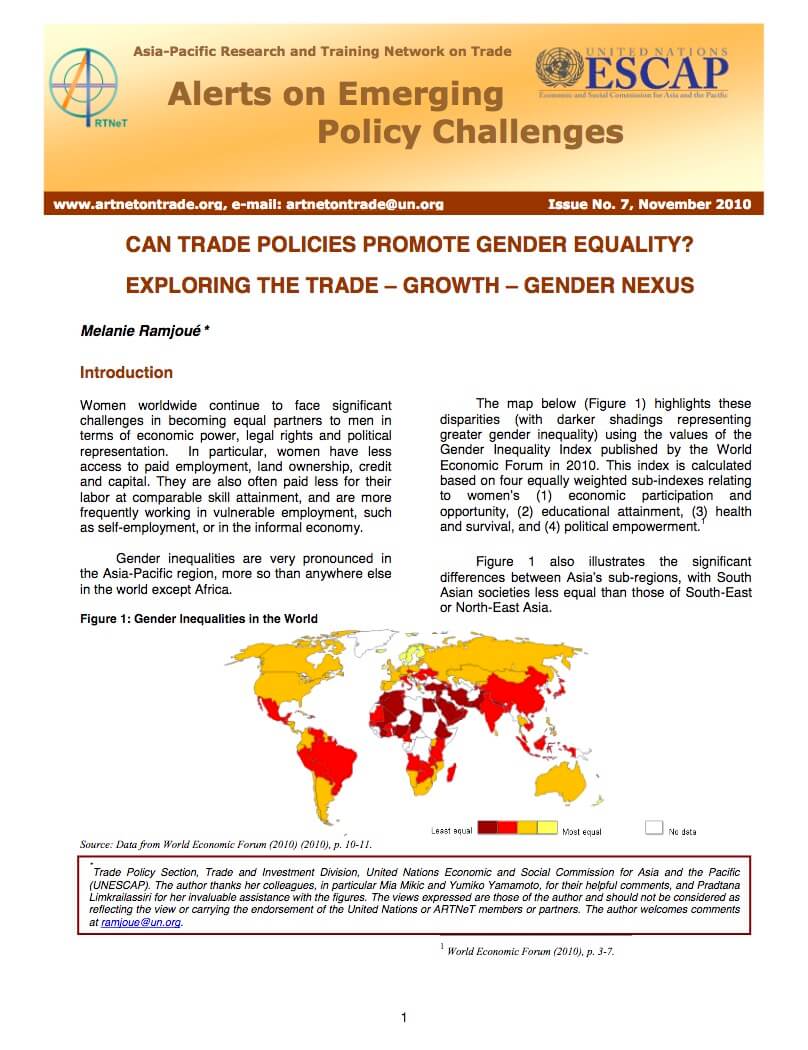Remittances, Migration and Inclusive Growth: The Case of Nepal
This paper reviews the unique experience of Nepal, a land - locked least developed country in South Asia, bringing out lessons from the Nepalese experience which have wider applicability. In Nepal, as in other countries, increasing attention is being given to the inclusivity of growth. In particular, we observe the importance of remittances in reducing poverty in Nepal. But the impacts of remittances and migration on poverty should not be understood only in relation to increased household incomes and consumption.

